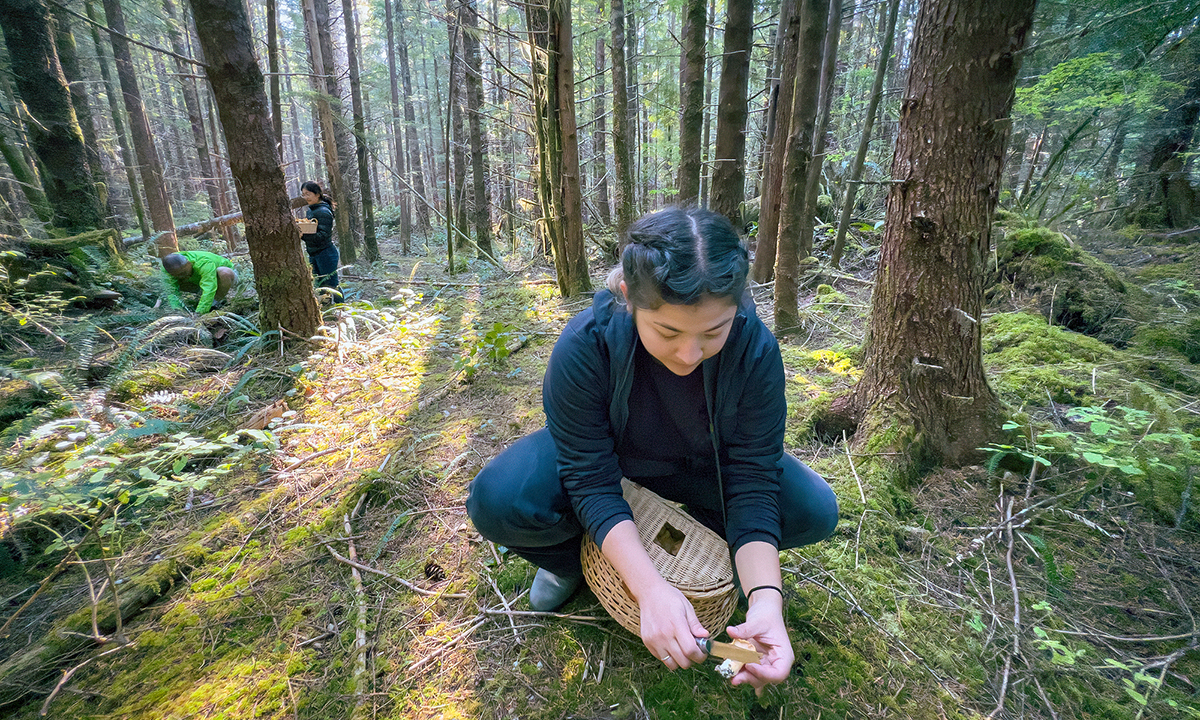

Foraging is an ancient practice of gathering wild plants, fungi, and other edibles from the natural world. This age-old survival tactic is not only fun but could also improve your mental health.
The hunter-gatherer culture was the way of life for early humans until around 12,000 years ago. With the Neolithic Revolution, when agricultural practices came into play, hunting and gathering evolved alongside the need to provide for larger populations. Whether you’re a long-time forager or a beginner hoping to reacquaint yourself with your early human roots, foraging is an essential survival skill and a fun hobby.
We’ve come a long way from the simple tools hunters and gatherers once used, and proper tools can make a world of difference in creating a successful modern food-harvesting experience. Read on to get the ultimate guide to the best tools for foraging.
Disclaimer: Always remember the foraging golden rule—never eat anything that you can’t identify with 100% certainty, and always perform an edibility test if foraging for survival in the wild.
Videos by Outdoors
Foraging 101
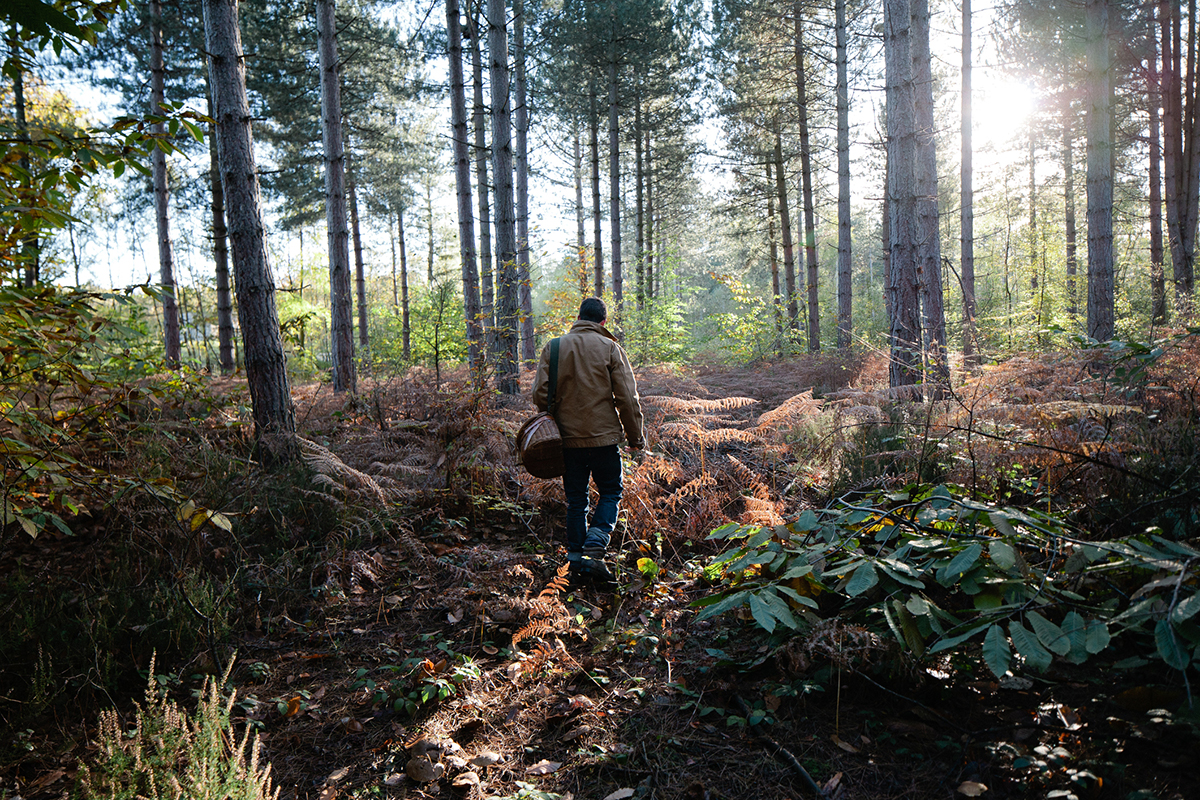
As a beginner, it’s best to start looking for easily recognizable types of wild foods to start honing your foraging skills. Also, never eat anything you aren’t sure about. Looking for seasonal berries like wild blackberries or blueberries is a great way to start foraging, but always study what grows wild in your area to avoid dangerous plants.
The Rule of Thumb When Foraging
Taking no more than 5% of what is available is a good rule of thumb when foraging. Follow Leave No Trace principles. Consider important questions like whether the plants you are foraging are a food source for a species that is endangered. Will the plants be able to grow back? Think about how you’ll get to the plant and whether you will have to cross protected land or trample vegetation, thereby negatively impacting the area.
What’s the Difference Between Wildcrafting and Foraging?
Foraging is a word used to define gathering food, and wildcrafting is often used to refer to the gathering of herbal and fungal medicines.
5 Essential Foraging Tools
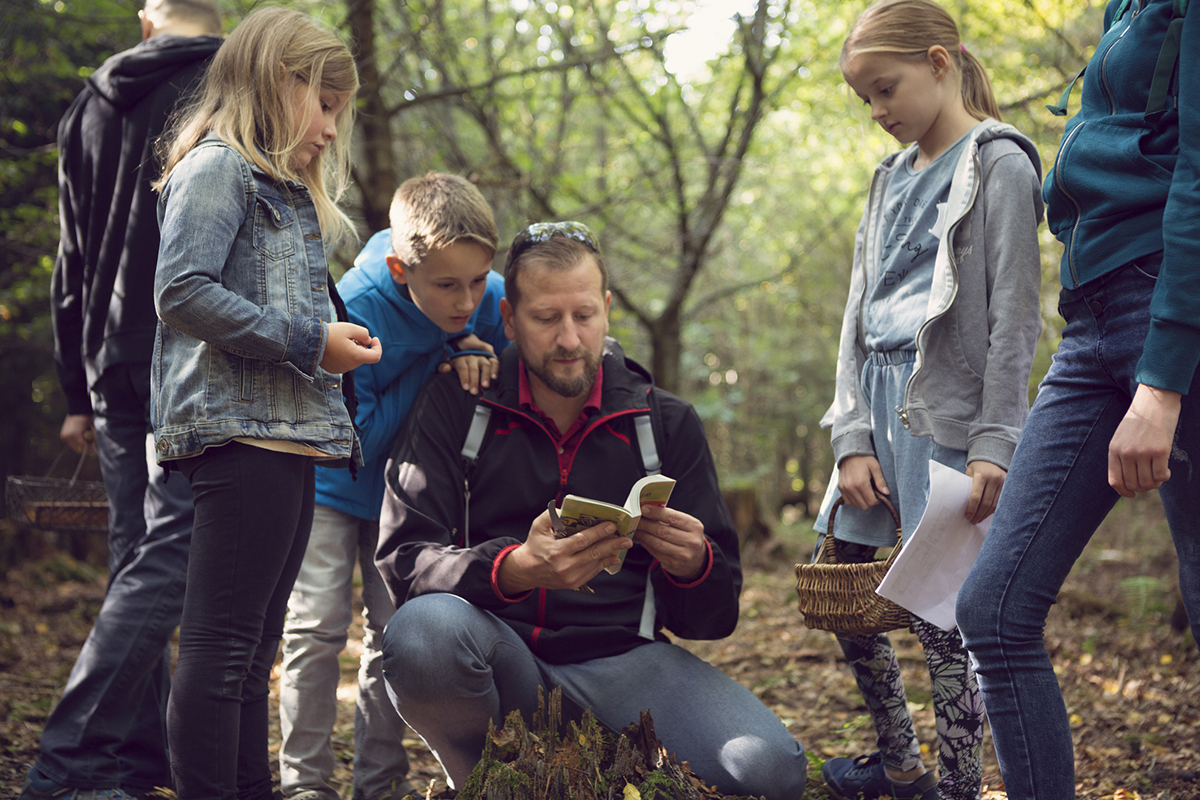
A foraging tool is any equipment used to gather wild edible plants, mushrooms, or other natural resources from the environment. Key items for foraging include protective clothing and gloves, cutting tools like a knife and shears, digging tools such as a fork or shovel, a basket or bag to carry your harvest, and field guides to properly identify plants and mushrooms (although mushrooms are not recommended for beginner foragers). Here is a more in-depth look.
1. Field Guides
Always bring a field guide or download an app for foraging. These resources help you identify edible plants, mushrooms, and other items in your local area and provide references to keep you safe when gathering wild food. Carrying a field guide while foraging is essential for being able to identify plants, especially if an expert is not nearby.
Having specialized books on edible and medicinal plants can be extremely helpful in wildcrafting. These books provide in-depth information on the uses, preparation, and potential hazards of various wild plants.
2. Gloves
Foraging may involve handling thorny or prickly plants, and some wild plants can irritate the skin. A pair of sturdy gloves will protect your hands from cuts, scratches, and potential skin reactions. Consider lightweight, breathable gloves for warm weather and heavier gloves for colder seasons.
3. Pruning Knife and/or Shears
A good quality knife or pruning shears are essential for safely and cleanly harvesting plants and fungi. You can use a knife to cut stems, leaves, or roots without damaging the plant. Pruning shears are typically used for cutting through thicker branches and stems in a garden or orchard, offering greater leverage and precision compared to a pruning knife.
A pruning knife should be high-quality steel and have a sharp blade, an appropriate blade length, a reliable locking mechanism, an ergonomic handle, portability, versatility, and durability. If possible, purchase a pruning knife with a non-slip handle.
A dedicated hook-shaped pruning knife will make cutting vines and stalks easy. Pruning knives are purpose-built for the job, and the hook shape makes slicing with a single stroke possible and are ideal for cutting low to the ground.
Pruning shears are useful for harder-to-cut stalks or branches. Invest in a pair with an all-metal frame that won’t break easily and isn’t too heavy to carry. They are far more practical than large knives or saws and helpful for trimming in confined spaces. Good pruning shears should have sharp blades. Look for a pair with an ergonomic handle that is sturdy and easy to use. A sap groove to prevent sticking and a locking mechanism are great bonuses, too.
4. Shovel
Many wild edibles must be dug up from underground. A shovel is used in foraging to dig up roots, tubers, and other underground edibles, as well as to clear soil and create planting holes for foraged seeds or transplants.
Leeks, cattail, wild potato, and burdock root are all underground plants you may want to forage. A larger shovel that’s durable and not too heavy is the perfect foraging tool. A good foraging shovel should also have a durable, rust-resistant blade, along with a comfortable and sturdy handle, a compact and portable design, a sharp and pointed edge for digging, and a serrated edge for cutting through roots and tough soil.
5. Collection Containers
You’ll need containers to collect and transport your foraged finds. Consider using baskets, mesh bags, canvas totes, or even a backpack with compartments. It’s important to use containers that allow air circulation to prevent your harvest from wilting or spoiling, like a wicker basket.
A foraging basket is a specialized container designed for gathering and carrying wild edibles. Baskets with a strong, sturdy carry handle are ideal. You should also look for something that is lightweight, has sufficient capacity to hold your harvest, provides adequate airflow, and is made of a durable material.
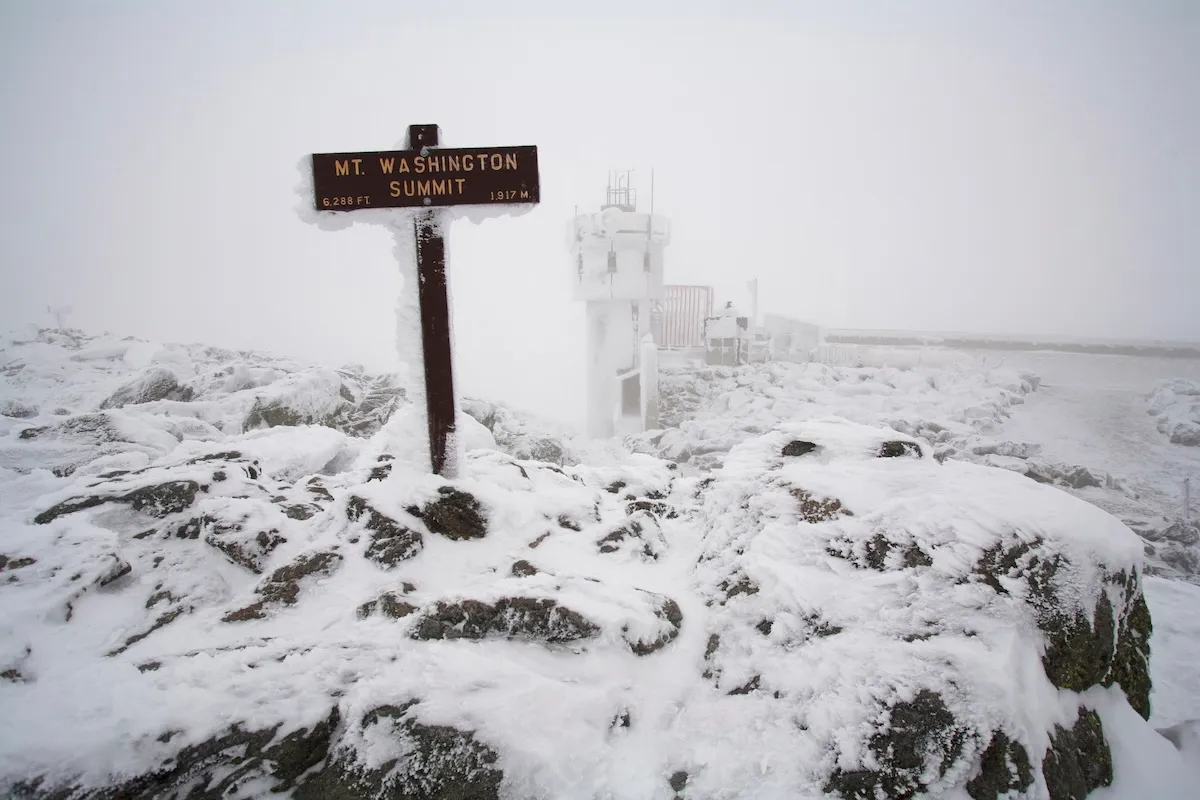

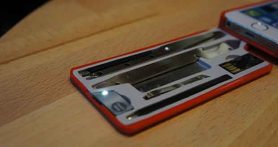
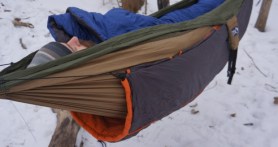
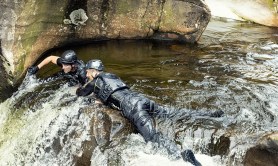

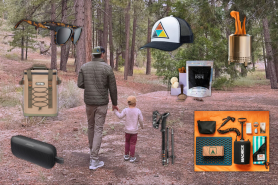


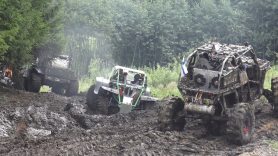
Pingback: Safe Rooftop Food Foraging: A Complete Guide - cityharvesting.com
Pingback: Essential Tips for Community Food Foraging Success - cityharvesting.com